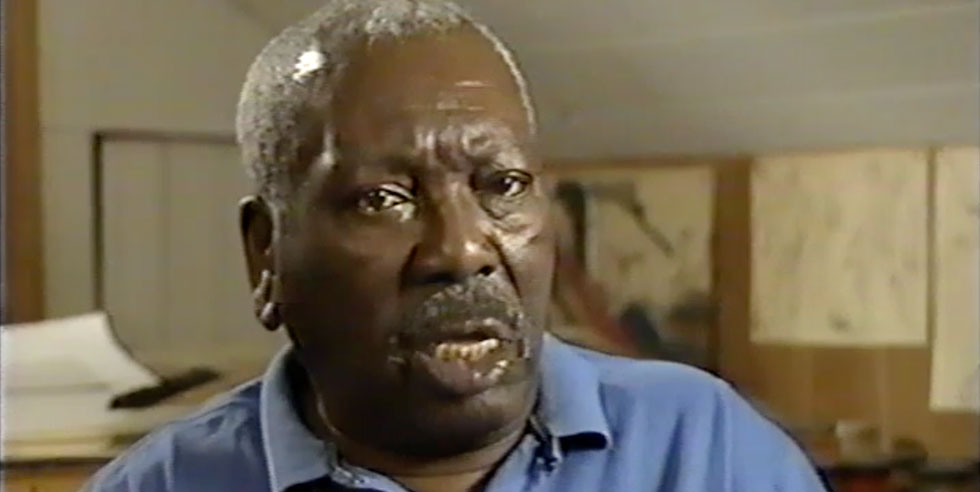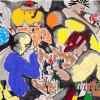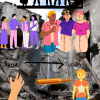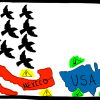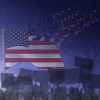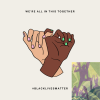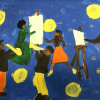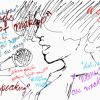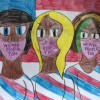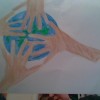The Migration Series
Introduction
More than 75 years ago, a young artist named Jacob Lawrence set to work on an ambitious 60-panel series portraying the Great Migration, the flight of over a million African Americans from the rural South to the industrial North following the outbreak of World War I. By Lawrence's own admission, this was a broad and complex subject to tackle in paint, one never before attempted in the visual arts. Yet, Lawrence had spent the past three years addressing similar themes of struggle, hope, triumph, and adversity in his narrative portraits on the lives of Harriet Tubman, leader of the Underground Railroad (1940), Frederick Douglass, abolitionist (1939), and Toussaint L'Ouverture, liberator of Haiti (1938).
Lawrence found a way to tell his own story through the power and vibrancy of the painted image, weaving together 60 same-sized panels into one grand epic statement. Before painting the series, Lawrence researched the subject and wrote captions to accompany each panel. Like the storyboards of a film, he saw the panels as one unit, painting all 60 simultaneously, color by color, to ensure their overall visual unity. The poetry of Lawrence's epic statement emerges from its staccato-like rhythms and repetitive symbols of movement: the train, the station, ladders, stairs, windows, and the surge of people on the move carrying bags and luggage.
Following the example of the West African storyteller or griot, who spins tales of the past that have meaning for the present and the future, Lawrence tells a story that reminds us of our shared history and at the same time invites us to reflect on the universal theme of struggle in the world today: "To me, migration means movement. There was conflict and struggle. But out of the struggle came a kind of power and even beauty. 'And the migrants kept coming' is a refrain of triumph over adversity. If it rings true for you today, then it must still strike a chord in our American experience."
























































